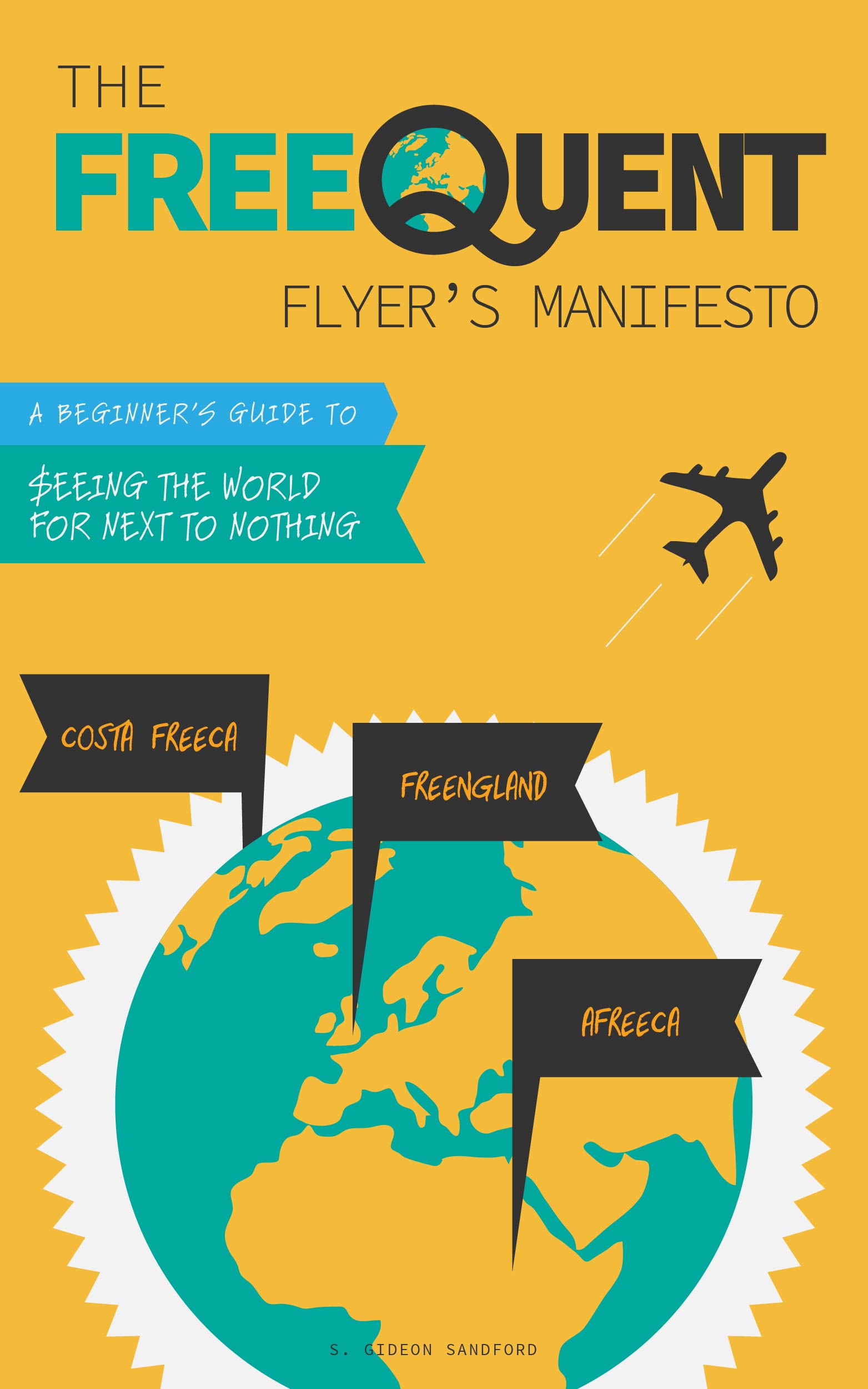My PayPal shutdown story
/One of my favorite travel hacking techniques, and one which I've written about repeatedly in the past, relies on a unique feature of the online payments processor PayPal: it's the only product I'm aware of that allows you to earn miles and points when loading your account (by purchasing a PayPal Cash reload card using a rewards-earning credit card), and also when unloading your account (by earning 1% cash back using a PayPal Debit MasterCard).
Now that there are broad reports of Vanilla Reload Network reload cards no longer being sold via credit card at 7-11 store locations, this technique has become even more valuable. By purchasing PayPal Cash cards at a 7-11 location that posts as bonused "gas station" spend, you can earn double Chase Ultimate Rewards points or US Bank Flexpoints, then earn an additional 1% cash back by using a PayPal Debit MasterCard to load a Visa Buxx card or simply purchase Vanilla Reload Network reload cards at a CVS or other unbonused store location that continues to allow them to be sold. Using this simple technique, I've earned $189 in cash back just since March – and that's in addition to the miles and points I earn from purchasing the PayPal Cash cards.
Unfortunately, the single most important ingredient in this technique is an open PayPal account...and I don't have one anymore. That's right, last week I was completely shut down by PayPal. I want to share some of the things I was doing that did or could have contributed to my shutdown, so you can avoid repeating my mistakes.
- I used PayPal overseas. This is a weird one, since PayPal has users all over the world. However, this is the very first thing I did that raised red flags with PayPal. They closely track where you typically log into your account from, and if they detect an unusual login they will freeze your account until you prove your identity.
- I logged into PayPal using Tor. Tor is a web service that allows you to surf the web anonymously. Since Tor routes your internet traffic all over the world, it's a turbo-charged corollary of the point above: it looks very suspicious to PayPal.
- I had multiple PayPal accounts. I've had a PayPal business account for years, since I use to do a fair amount of buying and selling on Ebay. Towards the beginning of this year, when I started using PayPal to travel hack, I decided to see if I could open a new account, which would allow me to double my rolling 30-day PayPal Cash load limit from $4,000 to $8,000. I was able to do so easily, and I "verified" the account by adding a bank account and providing my Social Security number. Once I'd done that, I loaded PayPal Cash cards to my new, personal account and send the money to my business account to be liquidated.
- I got greedy. Sometimes, I didn't bother spending the money I'd loaded to my account through PayPal Cash – instead, I withdrew it immediately to my bank account. Now, there's a minor distinction here: I always spent the money I loaded directly to my business account; however when I sent money over from my new, personal account I assumed that the money had been cleared into the system so it was safe for immediate withdrawal.
In retrospect these are all obvious mistakes with simple solutions: when overseas, use a VPN so you always appear to be located in the US; never login to PayPal while using Tor; stick to one PayPal account; and always spend your PayPal Cash loads – never withdraw them directly to your bank account.
Daraius at Million Mile Secrets had a somewhat similar experience, which you can read about here, and the Points Guy got a warning from PayPal after loading and unloading funds using Green Dot MoneyPaks.
I still think this is a great strategy to bring down your cost per dollar of manufactured spend. However, it does take some care to make sure you don't trip over any of PayPal's red lines when it come to fraud and money laundering controls.


